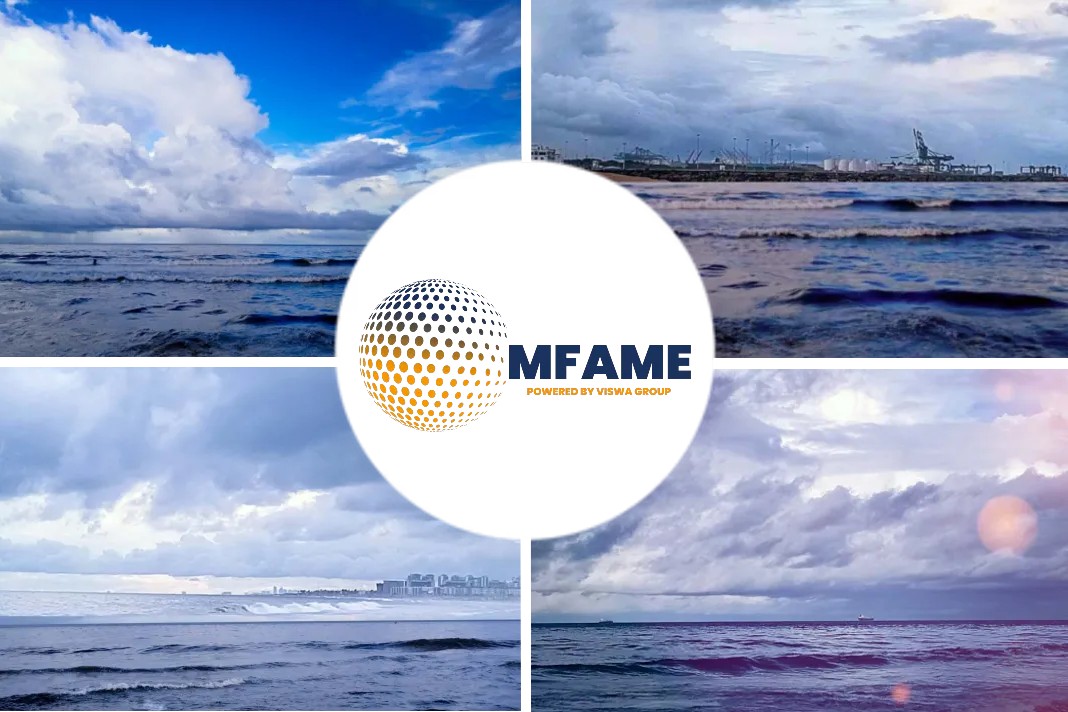TWO leading Wall Street analysts have made bold statements in recent days supporting a strong recovery in dry bulk shipping. Fotis Giannakoulis of Morgan Stanley and Noah Parquette of JP Morgan have gone “all-in”, upgrading several dry cargo companies to overweight and raising their respective price targets.
Interestingly enough they are placing the same bet but for a different main reason, one arguing that it will be primarily demand-driven and another arguing that it will be primarily supply-driven. They both agree, however, that a strong recovery over the next two years is real, and that stock prices, despite their rally since the beginning of 2017, are far from being fully priced-in.
The demand view
According to Mr Giannakoulis, the recovery will be driven primarily by strong steel fundamentals, highlighting the dry bulk shipping industry as the last link in the global steel recovery. He believes that rising Chinese infrastructure spending and the country’s growing dependency on imported iron ore support strong commodity prices and steel margins.
Mr Giannakoulis argues that notwithstanding recent gains in freight rates, they still lag the increase in steel prices by 30%, indicating support for firmer rates. He expects at least 2.5% annual growth in ship demand over the next two years, driven by Chinese steel production of approximately 840m tons, and growing substitute iron ore imports from Brazil.
His top stock picks include Safe Bulkers, Star Bulk Carriers and Golden Ocean. “We prefer companies with larger vessels and direct exposure to the iron ore trade. As new regulations come into effect, we expect these companies’ young, high-quality fleets to give them considerable operational advantages in terms of lower fuel consumption, higher revenue, lower expenses, and the ability to pay dividends as the market recovers”, he said.
The supply view
According to Mr Parquette of JP Morgan, the supply outlook for dry bulk carriers looks great through 2019. Mr Parquette expects net fleet growth to be approximately 3% in 2017, and only 0.3% in 2018. This is the result of a newbuilding orderbook expected to largely vanish by the end of this year, with any new orders most likely placed for delivery in 2019 and beyond.
The game-changing scenario in fleet supply, however, is expected to be the result of new sulphur emission regulations, starting in 2020. The new regulations will mandate the use of more expensive marine gasoil in lieu of heavy fuel oil, or the installation of scrubbers on board the vessels.
To the extent that shipowners opt for burning marine gasoil, this would lead to a material increase in fuel expense. Fuel expense represents a big chunk of freight cost, whether borne by the shipowner or passed through to a charterer.
Mr Parquette argues that high fuel costs will lead to slow steaming, effectively pushing through a supply reduction. “We believe that dry bulk in particular is more exposed to changing bunker costs compared with other sectors of shipping, as freight costs are typically a higher percentage of the underlying commodity shipped”, he said.
His upgraded Diana Shipping and Golden Ocean to overweight, with Star Bulk Carriers remaining his top pick. “Despite the rally in share prices in recent months, we still see material upside in these companies,” he noted.
Foolproof
As to what can go wrong in the above scenarios, both analysts agree that a spike in newbuilding ordering could derail the recovery beyond 2019. However, they both point out that that secondhand prices still lag below newbuilding prices, making them a better value proposition.
This may be a risk worth taking for a market segment that a mere 12 months ago was given up for dead.
Did you subscribe for our daily newsletter?
It’s Free! Click here to Subscribe!
Source: Lloyd’s List















